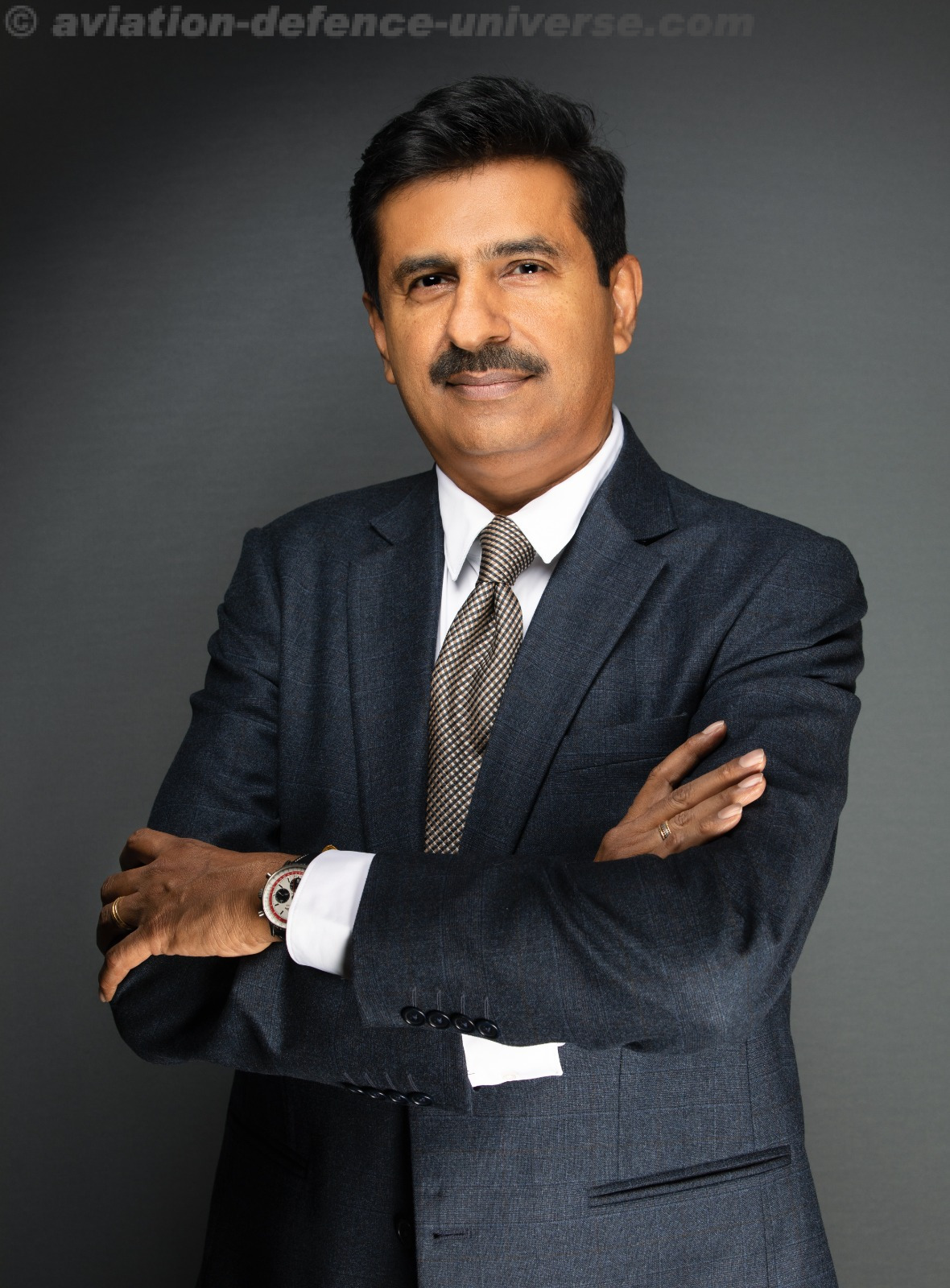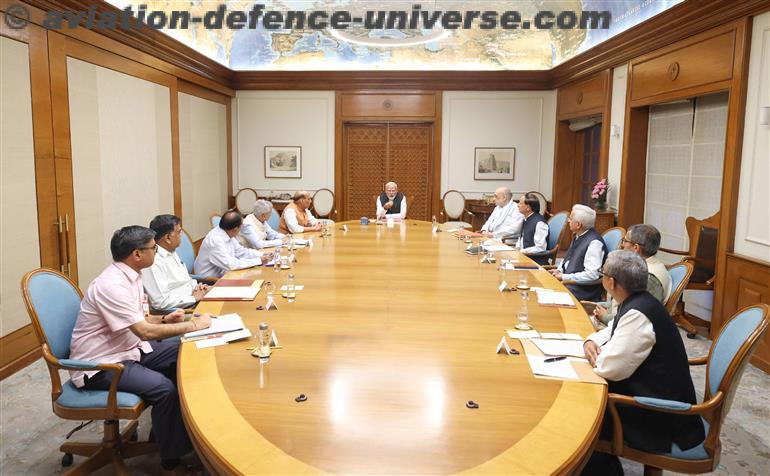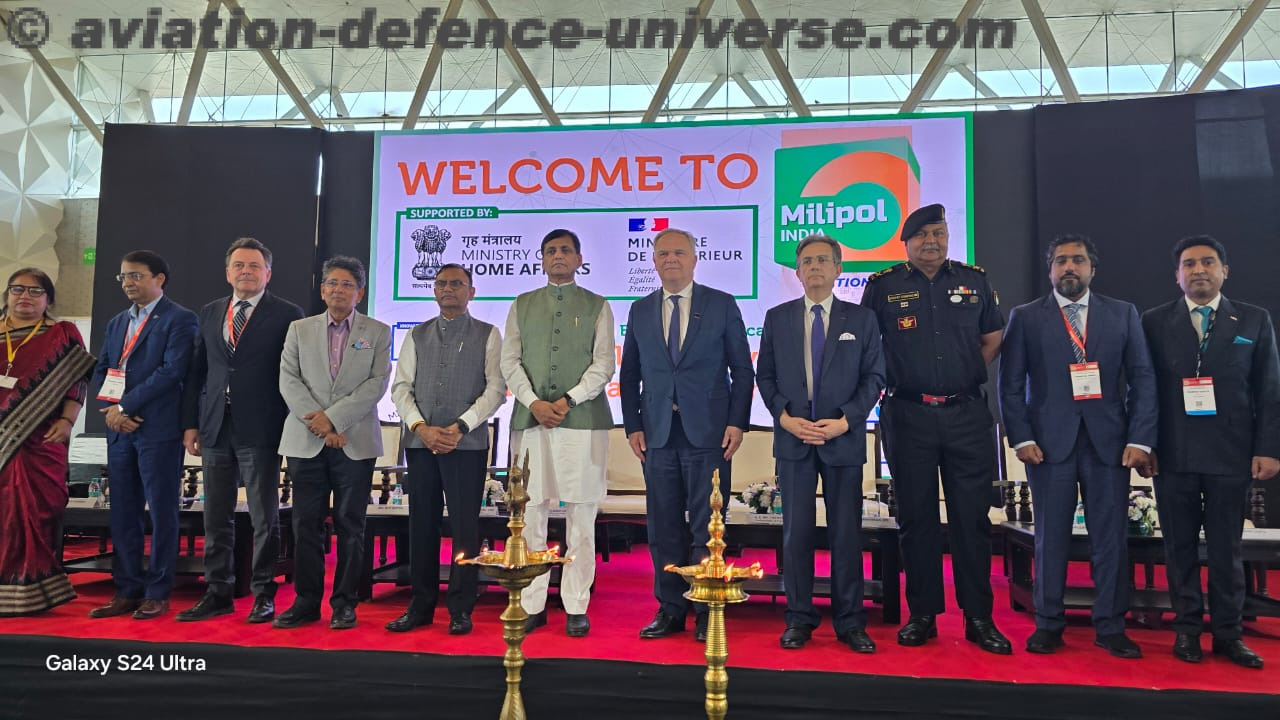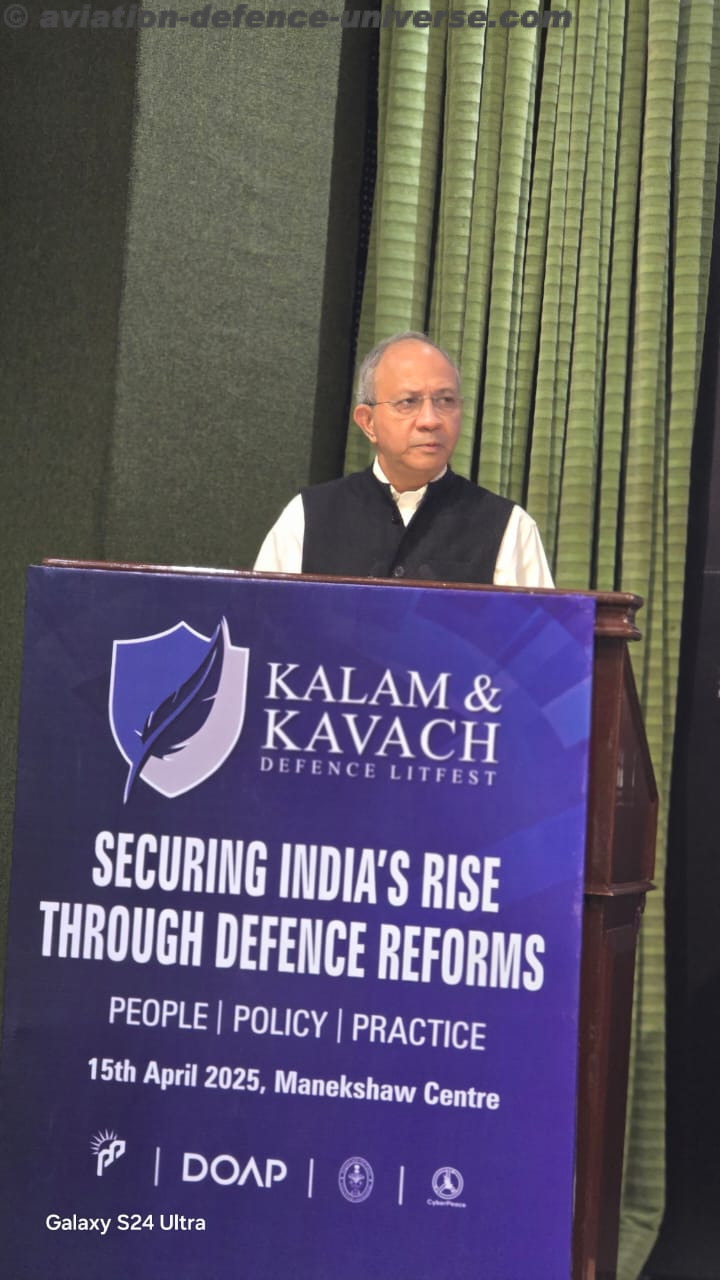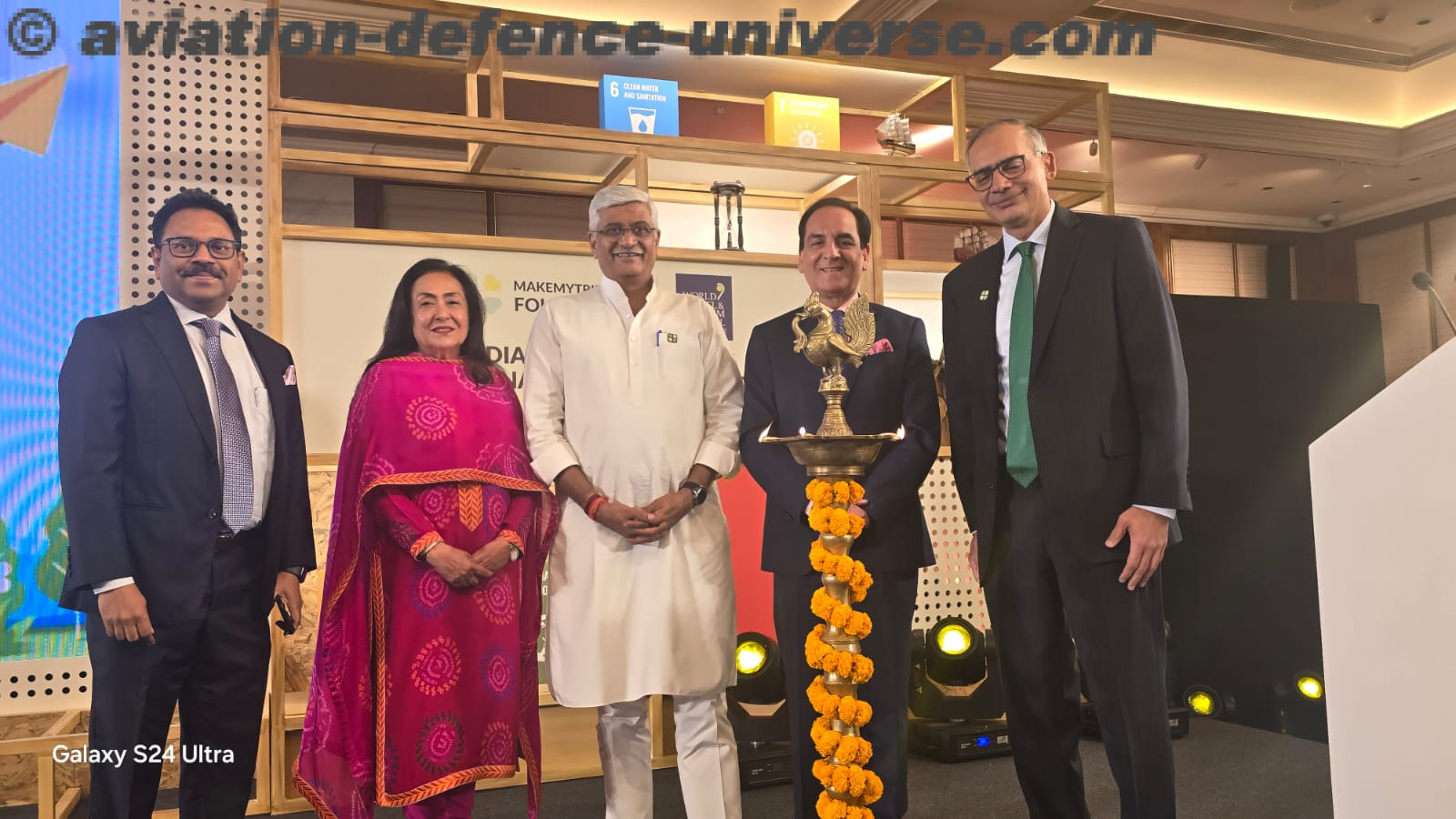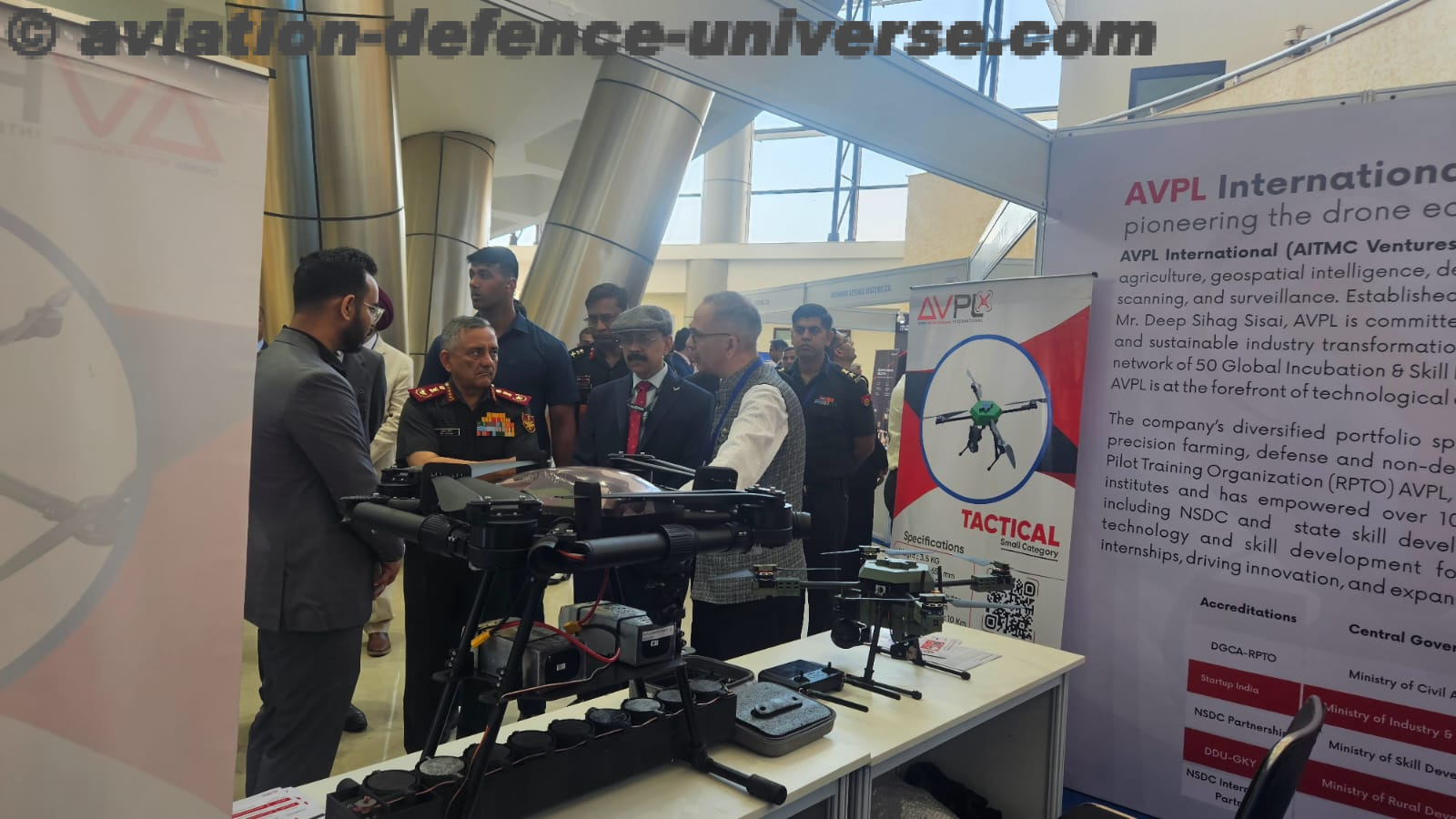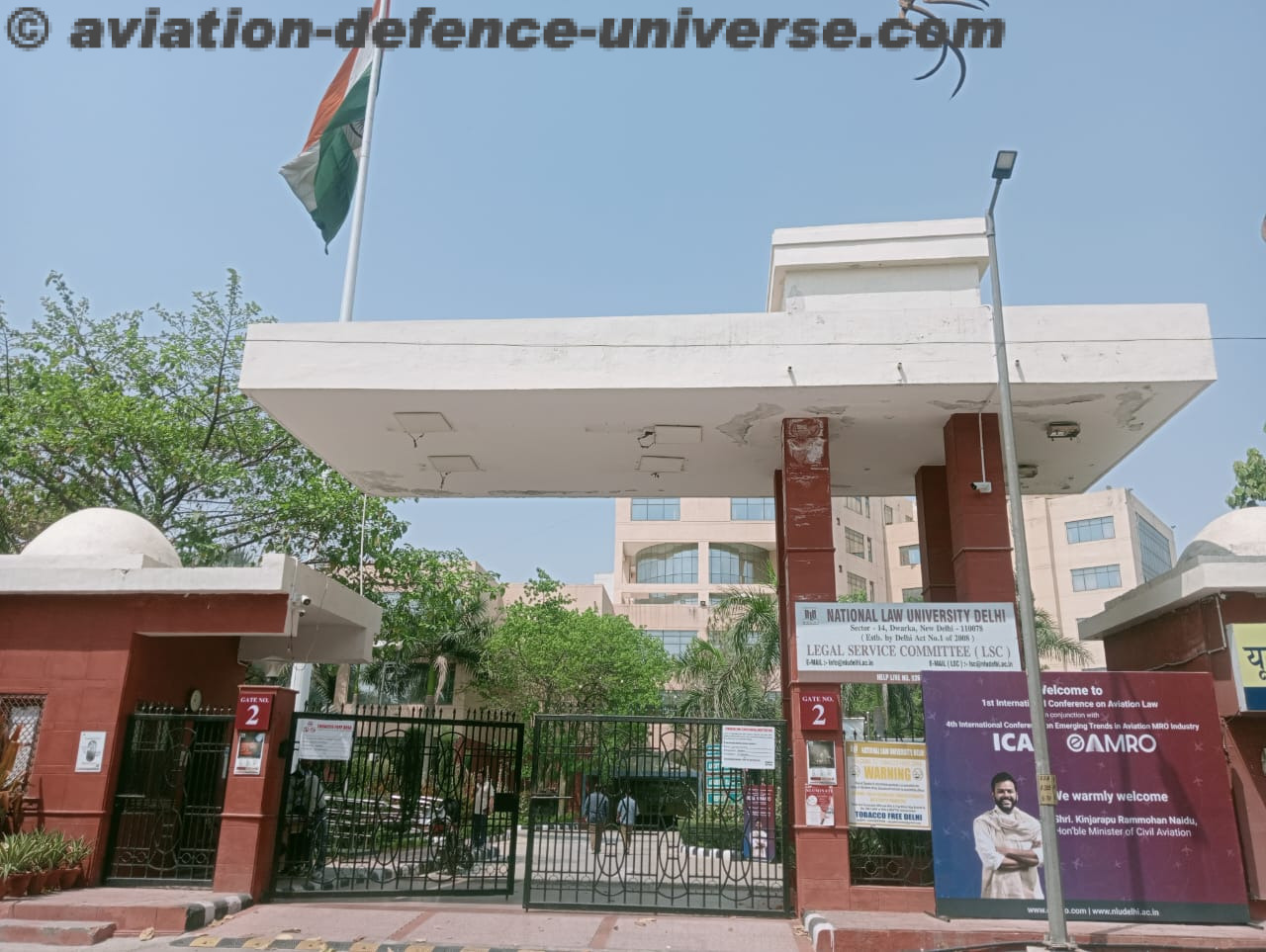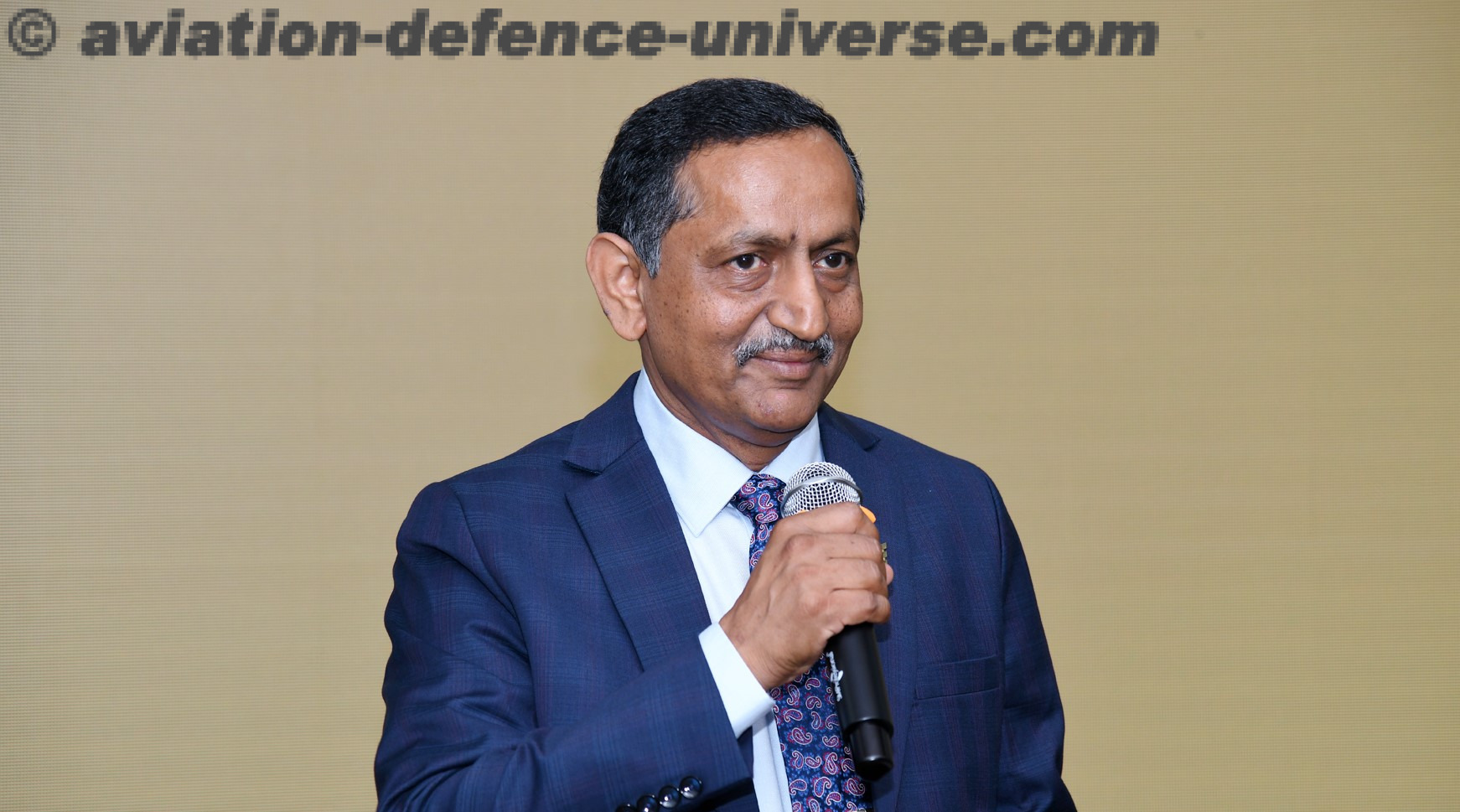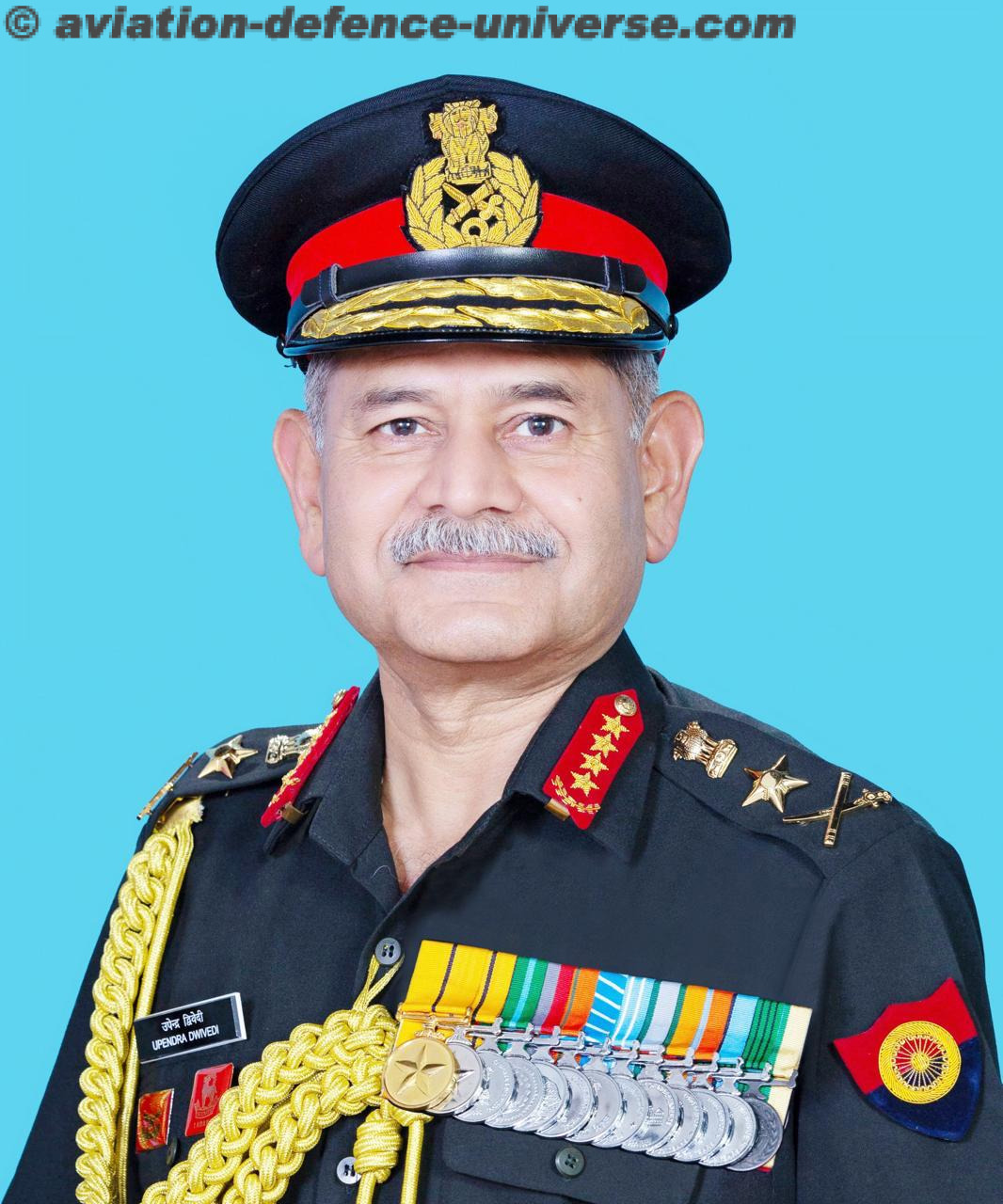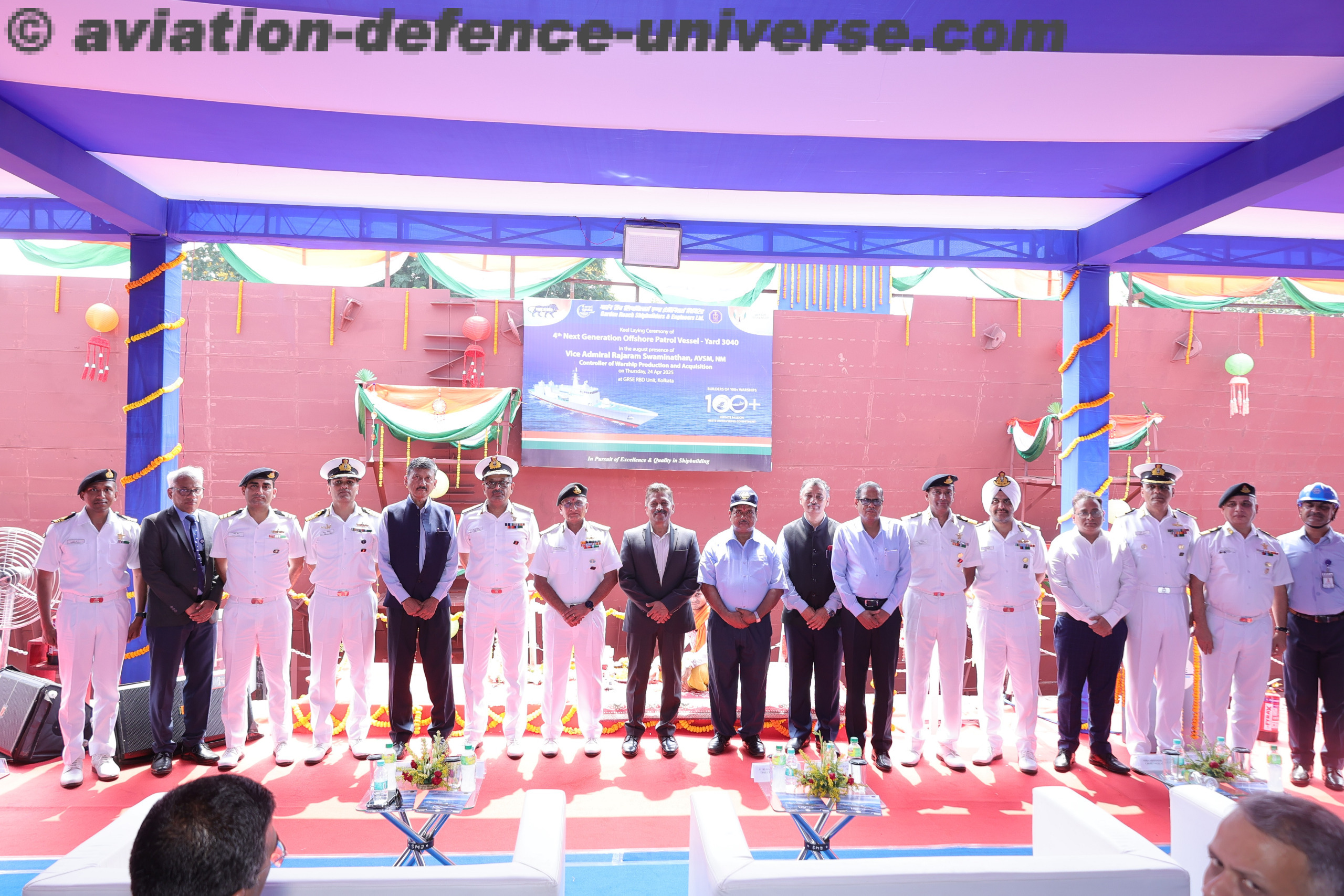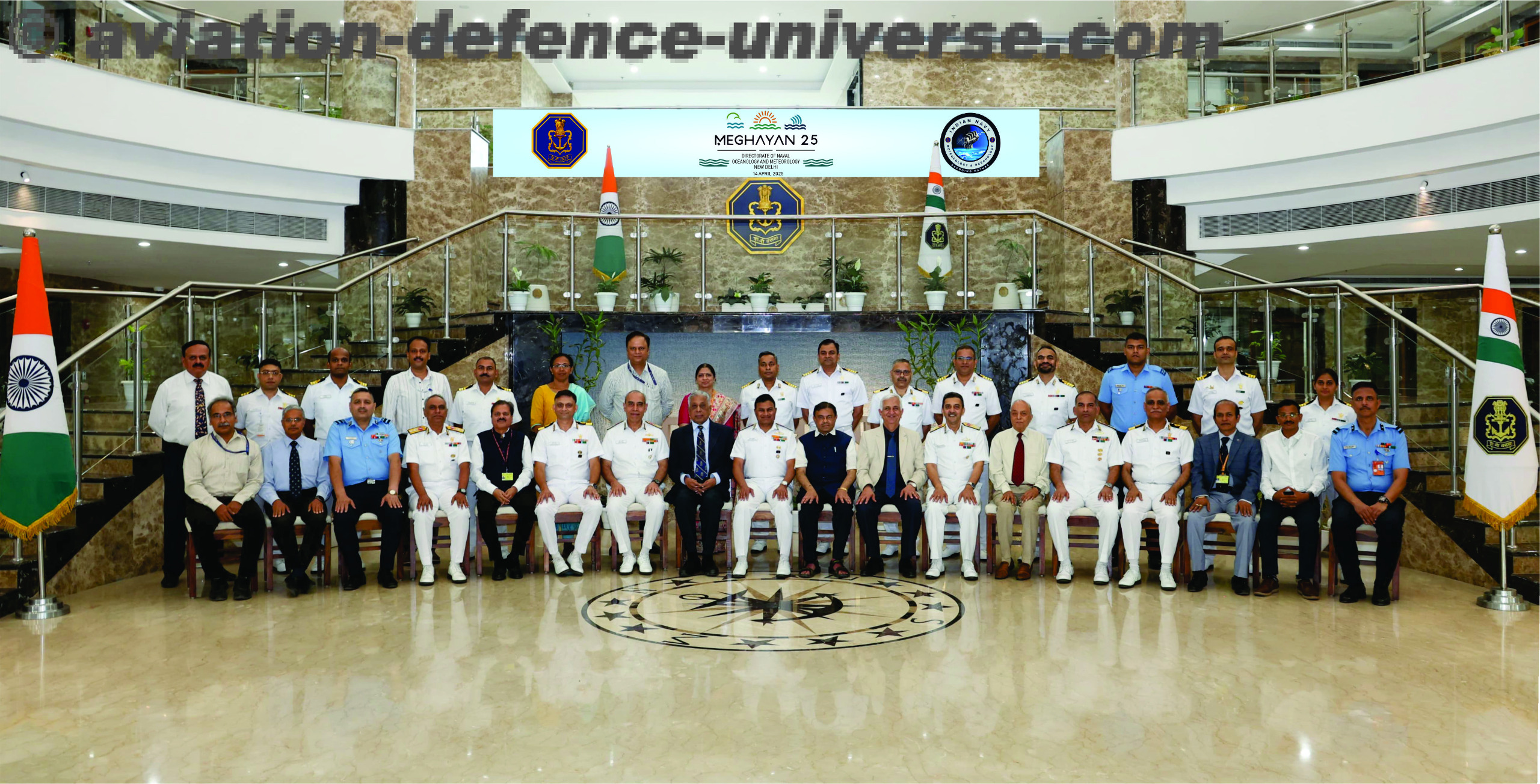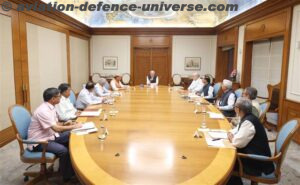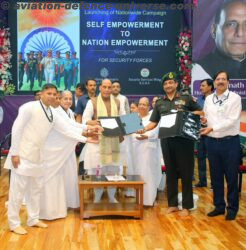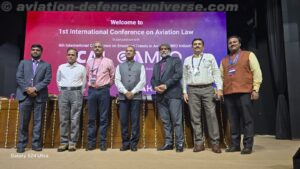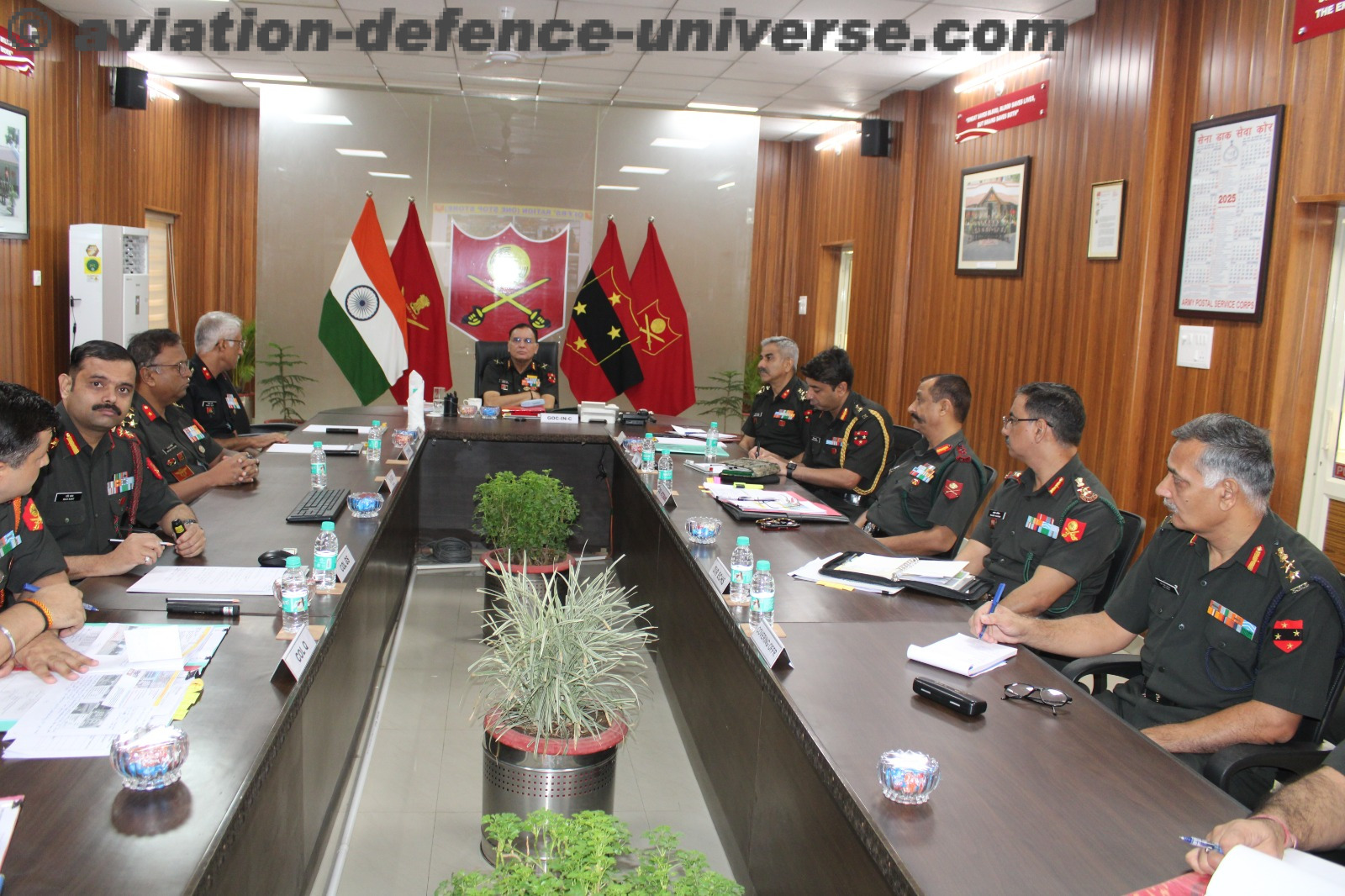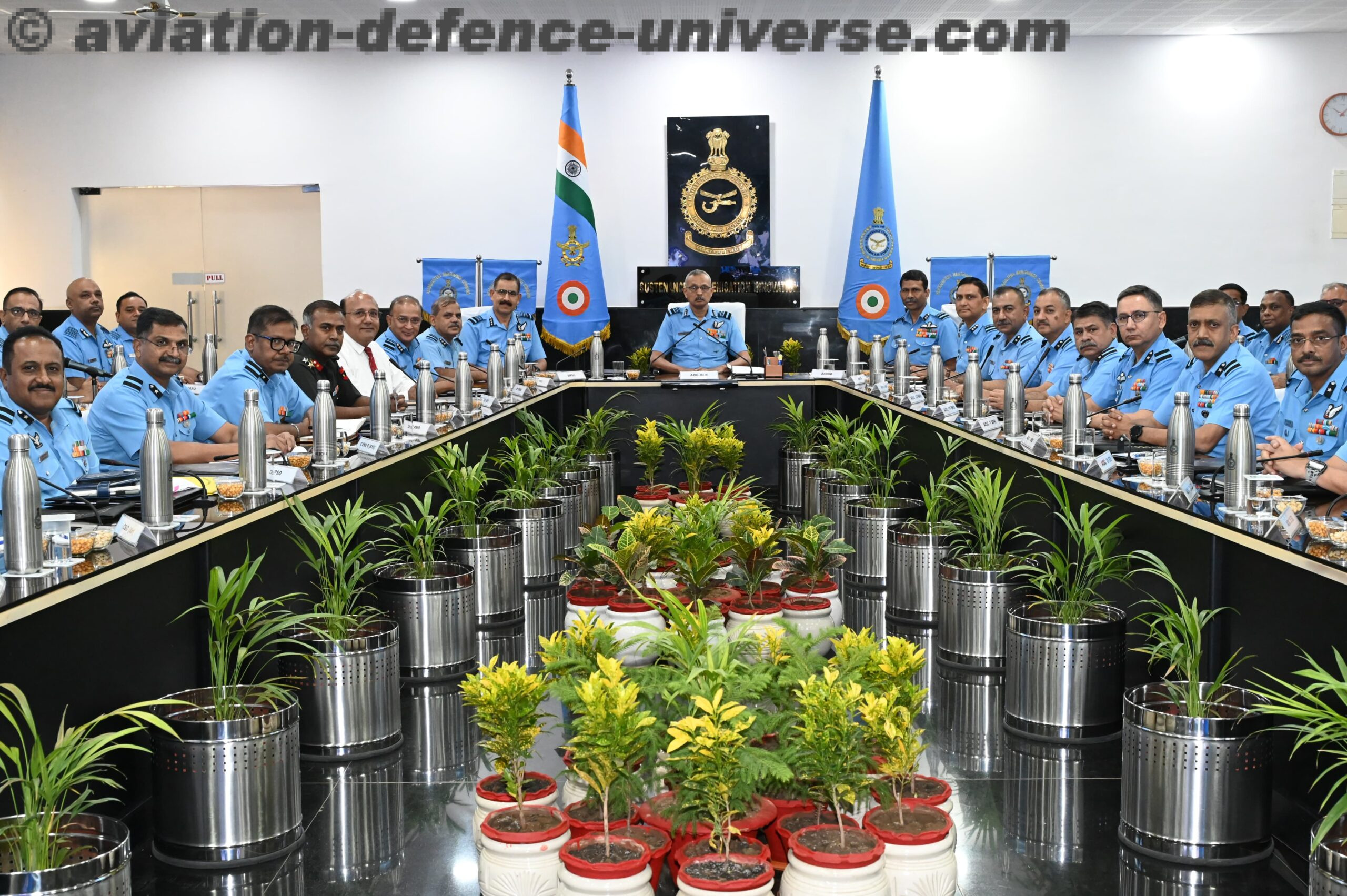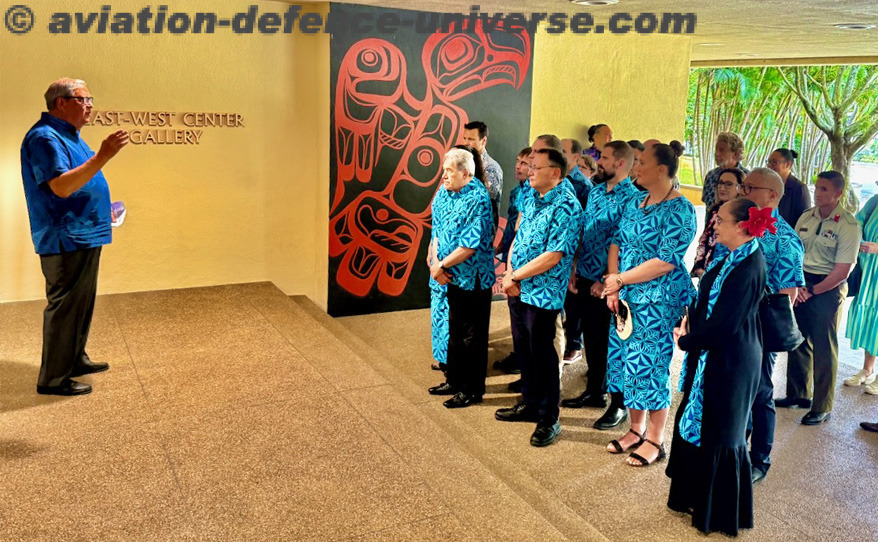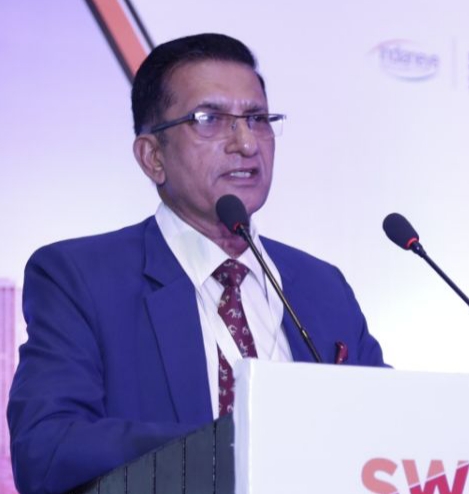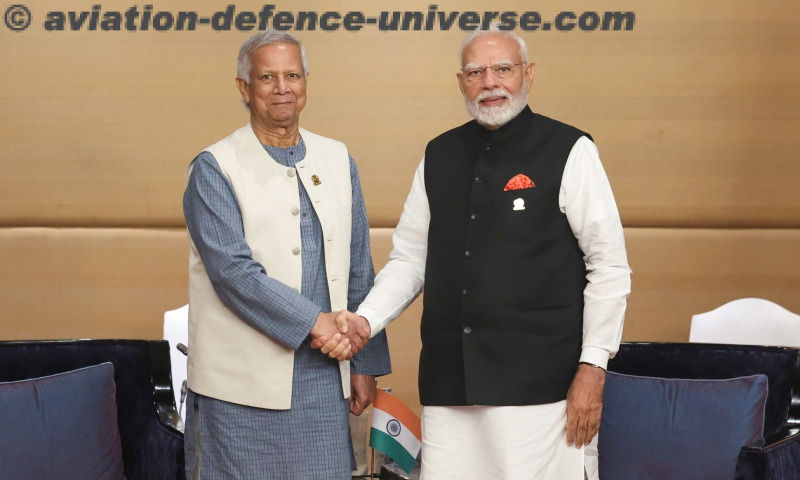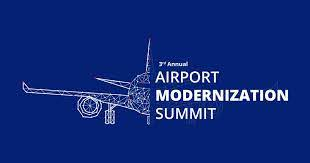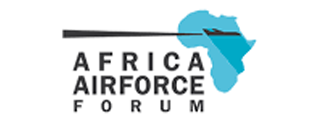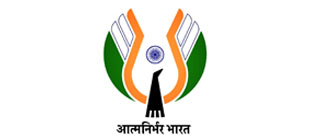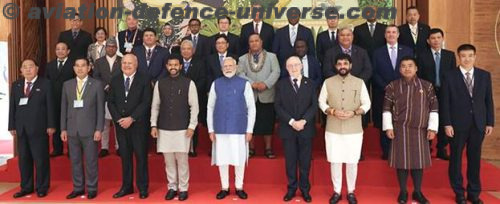
- Fuels Growth in India’s Aviation Sector
- Cargo, airport infrastructure & regional connectivity in focus
By Sangeeta Saxena
New Delhi. 02 February 2025. Union Minister for Finance and Corporate Affairs, Nirmala Sitharaman, presented the Union Budget 2025-26 in Parliament, reaffirming the government’s commitment to strengthening India’s aviation sector. The Ministry of Civil Aviation welcomed the significant budgetary announcements, particularly the emphasis on regional connectivity, infrastructure expansion, and air cargo growth.
 Union Minister for Civil Aviation, Ram Mohan Naidu, highlighted the budget’s focus on connectivity and tourism, underscoring its alignment with the vision of Viksit Bharat 2047. He emphasized the success of the UDAN scheme, a flagship initiative launched under the leadership of Prime Minister Narendra Modi to make air travel more accessible to the middle class. He remarked, “This Budget propels us toward our vision of Viksit Bharat 2047, reinforcing the Government’s commitment to enhancing regional connectivity with the idea of ‘Ease of Travel.’ UDAN, a transformative initiative envisioned by Hon’ble Prime Minister Narendra Modi Ji, has revolutionized air travel, making it more accessible to the middle-class. UDAN is more than just a transportation initiative; it is about bringing aspirations and opportunities closer to people. Having already enabled 1.5 crore passengers to experience affordable air travel, our target is to extend this benefit to 4 crore more in the next decade.”
Union Minister for Civil Aviation, Ram Mohan Naidu, highlighted the budget’s focus on connectivity and tourism, underscoring its alignment with the vision of Viksit Bharat 2047. He emphasized the success of the UDAN scheme, a flagship initiative launched under the leadership of Prime Minister Narendra Modi to make air travel more accessible to the middle class. He remarked, “This Budget propels us toward our vision of Viksit Bharat 2047, reinforcing the Government’s commitment to enhancing regional connectivity with the idea of ‘Ease of Travel.’ UDAN, a transformative initiative envisioned by Hon’ble Prime Minister Narendra Modi Ji, has revolutionized air travel, making it more accessible to the middle-class. UDAN is more than just a transportation initiative; it is about bringing aspirations and opportunities closer to people. Having already enabled 1.5 crore passengers to experience affordable air travel, our target is to extend this benefit to 4 crore more in the next decade.”
To build on UDAN’s success, the government will launch a revamped version of the scheme, adding 120 new destinations and prioritizing the development of helipads and smaller airports in remote, hilly, and aspirational districts, including the North Eastern region. So far, UDAN has operationalized 619 routes and connected 88 airports, significantly enhancing accessibility across the country.
India’s aviation market has grown rapidly, with annual passenger traffic surpassing 350 million, making it the third-largest globally. Domestic air passenger traffic has been increasing at a steady rate of 10-12% per year, and the number of airports has more than doubled to 159 over the past decade. To further strengthen aviation infrastructure, the government has announced plans to develop 50 additional airports in the next five years.
 To cater to rising passenger demand in the eastern region, new greenfield airports will be developed in Bihar. This will be complemented by the expansion of Patna airport and the establishment of a brownfield airport at Bihar, ensuring enhanced connectivity and capacity for the state.
To cater to rising passenger demand in the eastern region, new greenfield airports will be developed in Bihar. This will be complemented by the expansion of Patna airport and the establishment of a brownfield airport at Bihar, ensuring enhanced connectivity and capacity for the state.
The budget also places a strong emphasis on air cargo infrastructure, recognizing its crucial role in trade and exports. India’s air cargo sector is growing at over 10% annually, with airport cargo handling capacity reaching 8.0 million MT in FY24. The government aims to streamline cargo screening and customs procedures to enhance efficiency and ease of doing business. Additionally, a special focus on air cargo warehousing—particularly for perishables—will create new market opportunities for Indian producers while strengthening both domestic and international trade.
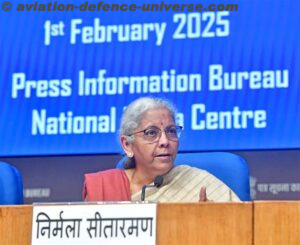 The budget seemed to have overlooked the Maintenance, Repair, and Overhaul (MRO) industry, but it may be recalled that the Civil Aviation Minister Kinjrapu Rammohan Naidu had announced the implementation of a uniform 5% Integrated Goods and Services Tax (IGST) on all aircraft and aircraft engine parts. Effective from July 15, 2024, this significant tax reform simplifies the previously complex GST structure, which had varying rates of 5%, 12%, 18%, and 28%. The decision, recommended by the GST Council in its 53rd meeting on June 22, 2024, addressed long-standing issues such as the inverted duty structure and GST accumulation in MRO accounts. The introduction of a uniform IGST rate is expected to enhance the global competitiveness of the Indian MRO sector by reducing operational costs, attracting investments, and fostering innovation. With India’s MRO industry projected to grow into a $4 billion market by 2030, this policy shift marks a crucial step towards positioning the country as a leading aviation hub. This reform has been made possible through the collaborative efforts of the Ministry of Civil Aviation, the Ministry of Finance, and key industry stakeholders.
The budget seemed to have overlooked the Maintenance, Repair, and Overhaul (MRO) industry, but it may be recalled that the Civil Aviation Minister Kinjrapu Rammohan Naidu had announced the implementation of a uniform 5% Integrated Goods and Services Tax (IGST) on all aircraft and aircraft engine parts. Effective from July 15, 2024, this significant tax reform simplifies the previously complex GST structure, which had varying rates of 5%, 12%, 18%, and 28%. The decision, recommended by the GST Council in its 53rd meeting on June 22, 2024, addressed long-standing issues such as the inverted duty structure and GST accumulation in MRO accounts. The introduction of a uniform IGST rate is expected to enhance the global competitiveness of the Indian MRO sector by reducing operational costs, attracting investments, and fostering innovation. With India’s MRO industry projected to grow into a $4 billion market by 2030, this policy shift marks a crucial step towards positioning the country as a leading aviation hub. This reform has been made possible through the collaborative efforts of the Ministry of Civil Aviation, the Ministry of Finance, and key industry stakeholders.
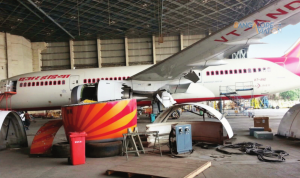 The MRO Association of India and its members had welcomed the move, recognizing its potential to drive sectoral growth and strengthen India’s aviation ecosystem. As the industry embraces this change, the policy not only underscores the government’s commitment to aviation growth but also lays a strong foundation for sustainable development in the sector.
The MRO Association of India and its members had welcomed the move, recognizing its potential to drive sectoral growth and strengthen India’s aviation ecosystem. As the industry embraces this change, the policy not only underscores the government’s commitment to aviation growth but also lays a strong foundation for sustainable development in the sector.
With a clear focus on expanding regional connectivity, enhancing airport infrastructure, and bolstering air cargo facilities, the Union Budget 2025-26 positions India’s aviation sector for unprecedented growth. As the country moves toward Viksit Bharat 2047, these initiatives will ensure greater accessibility, economic opportunities, and a stronger global presence for Indian aviation.



